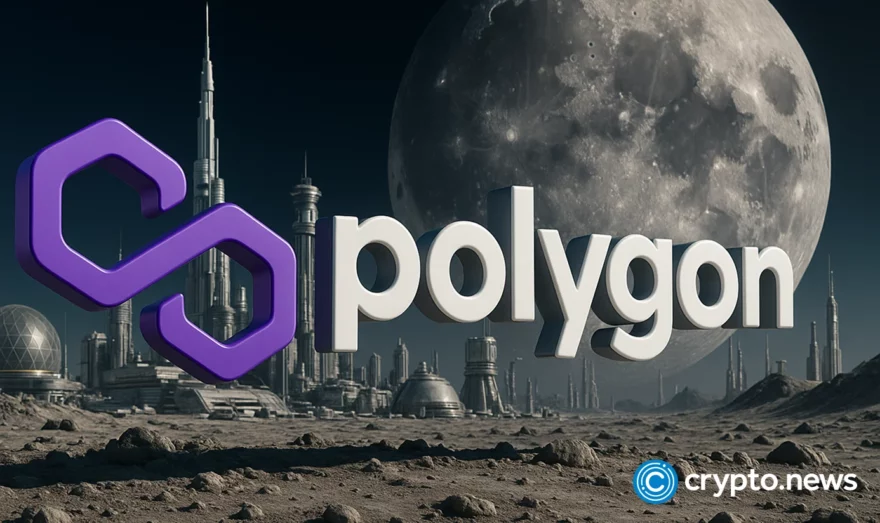How Blast gained the community’s attention and why is it called a scam?

The layer 2 network Blast is attracting more and more attention from the community, while critics call the project a pyramid.
Table of Contents
Blast is an Ethereum-based layer 2 network launched by Tieshun Roquerre, known as Pacman, who is also behind the Blur NFT marketplace.
Blast offers a native return model for Ethereum and stablecoins, charging 3.4% and 8% respectively. However, until a certain point, users did not even have the opportunity to withdraw funds, which critics called Blast a pyramid.
Blast handles staking for its users, making it layer 2 with native yield. As the network operates, it automatically links assets to the Ethereum mainnet, where they are staked and begin earning interest.
The return on Blast user deposits is ensured by staking ETH in the Lido liquid staking protocol. For those who deposit stablecoins, income is generated by the MakerDAO defi protocol. In this case, revenue accrues in the project’s stablecoin—USDB. Interest rates are cumulative, that is, applied to the balance over time, not to the initial deposit. The model is based on the Risk-Free Rate (RFR) return structure.
Blast Points and Blast Gold
Blast Points and Blast Gold are added to deposits in Blast. Points accumulate by themselves but are additionally awarded for deposits, inviting users, and multipliers, which can be obtained for testing the first projects on the Blast blockchain.
Blast Gold distributes ecosystem financial projects to users to provide liquidity, and the amount of funds deposited has a more significant influence. The Points and Gold awarded to users were converted into BLAST tokens as part of the airdrop on June 26.
Blast has two ways to score points. Firstly, users receive spins, for which a random number of points is given. As a rule, it ranges from 100 to 2,000. In rare cases, it can be more if the investor gets a super spin, which multiplies the number of points rolled by 2-9 times.
Secondly, users receive a percentage of the points that investors they invite earn. Traders who register with the referral link will receive 16% of the points they receive, and for their referrals, another 8%.
Blast overtakes layer 2
Blast quickly overtook many existing layer 2 protocols. In just four months, Blast managed to attract several million user deposits. The network went live at the end of February and already has about 280,000 monthly active users.
Blast quickly outgrew many existing layer 2 solutions regarding the number of bridge deposits. By the time the platform launched its token on the exchange, it had attracted a total value locked (TVL) of user assets of more than $2 billion.
Accusations of fraud
As part of the airdrop campaign, 17 billion tokens were distributed (17% of the total issue). Of this amount, 7 billion tokens went to holders of Blast Points earned for providing initial liquidity in the form of ETH or USDB stablecoin.
The other 7 billion BLAST were distributed to users who are rewarded with Blast Gold for interacting with decentralized applications (dapps). Three billion coins were intended for the Blur Foundation, which will then be distributed to the Blur NFT marketplace community, including through airdrops.
However, shortly after the airdrop was launched, the crypto community accused Blast of fraud.
For example, user Christian2022.eth claimed that Blast is a scam and that its founder is a serial scammer. According to him, Pacman became convinced of the platform’s fraudulent nature from personal experience. The investor complained that he did not receive enough tokens during the airdrop.
Many also drew attention to the active distribution of phishing links across the network, which the attackers promoted under the guise of Blast resources. X users suffered the most from scammers. Fake advertisements appeared on social networks, the authors of which claimed that the airdrop had already allegedly begun. The attackers suggested that those wishing to receive coins visit a third-party site.
What is next
Developers plan to deploy their application infrastructure and crypto wallet on the Blast network, which, in theory, will compete with the MetaMask wallet.
Blast developers compare the competitors’ approach to that of the Android OS, implying that layer 2 solutions are too focused on optimizing their network, relying on third parties to create an ecosystem. Blast, on the other hand, plans to completely optimize both the infrastructure and the set of apps.
According to the developers, the Blast phase one incentive system aims at categories of blockchain applications already meeting market demands — decentralized exchanges (DEX), including those supporting derivatives or lending protocols.
Developers claim that the profitability calculation system will bring even more users to the project. The incentive system has already worked for Blur when it quickly overtook arch-rival OpenSea, and Rokerr is determined to try to make Blast the leader among layer 2 networks.
Why is everyone talking about Blast
Blast attracts the attention of a wide audience due to its innovative features and opportunities for additional income. The project is an innovative layer 2 solution for Ethereum, which has huge potential for development. Its ability to offer returns for freezing funds attracts many users and investors.














